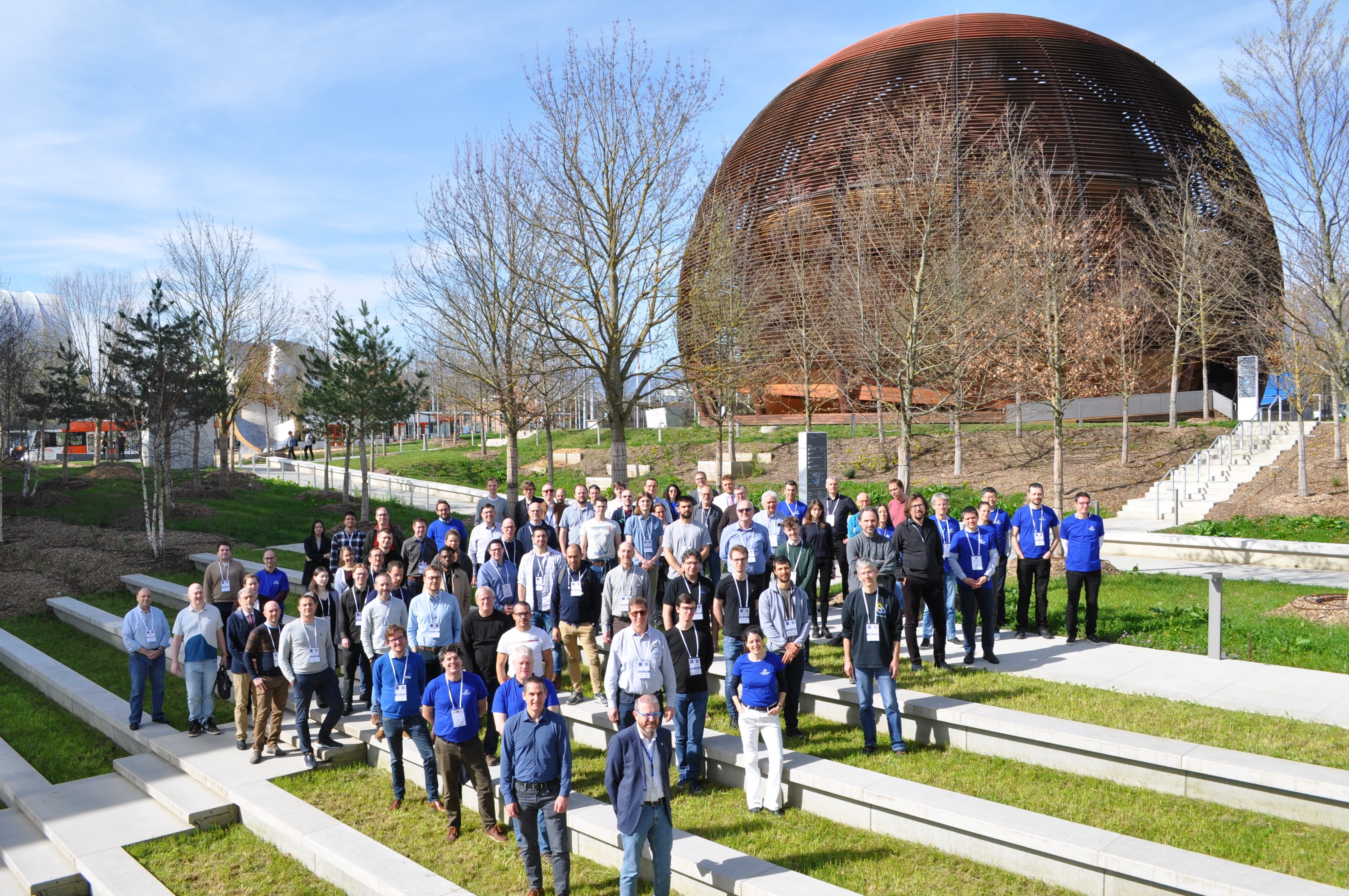CERN launches White Rabbit Collab open source clock sync at sub-nanosecond level
White Rabbit, an open-source timing technology developed at CERN, has applications far beyond particle physics. To foster its uptake by industry, CERN has launched the White Rabbit Collaboration

White Rabbit (WR) is a technology developed at CERN, in collaboration with institutes and companies, to synchronise devices in the accelerators down to sub-nanoseconds and solve the challenge of establishing a common notion of time across a network. Indeed, at a scale of billionths of a second, the time light takes to travel through a fibre-optic cable and the time the electronics take to process the signal are no longer negligible. To avoid potential delays, the co-inventors of White Rabbit designed a new ethernet switch.
First used in 2012, the application of this fully open-source technology has quickly expanded outside the field of particle physics. In 2020, it was included in the worldwide industry standard known as Precision Time Protocol (PTP), governed by the Institute of Electrical and Electronics Engineers (IEEE).
What’s more, CERN recently launched the White Rabbit Collaboration, a membership-based global community whose objective is to maintain a high-performance open-source technology that meets the needs of users and to facilitate its uptake by industry. The WR Collaboration will provide dedicated support and training, facilitate R&D projects between entities with common interests and complementary expertise and establish a testing ecosystem fostering trust in products that incorporate the open-source technology. At CERN, the WR Collaboration Bureau – a dedicated team composed of senior White Rabbit engineers and a community coordinator – will facilitate the day-to-day running of the Collaboration’s activities and support its members.
“A key distinctive feature of White Rabbit, as opposed to other technologies that have been developed since, is that it is open source and based on standards”, says Javier Serrano, Chair of the White Rabbit Collaboration Board and co-inventor of the technology. Companies and institutes can therefore adapt it to their needs and incorporate it in their products and systems, while the technology, in turn, benefits from a large community of developers. “The first step to foster industry uptake was to include WR concepts in the IEEE standard. Through this endeavour, we established many links with industry,” says Maciej Lipinski, Chair of the White Rabbit Collaboration Council and senior White Rabbit engineer at CERN.
White Rabbit is used in the finance sector as well as in many research infrastructures, and it is currently being evaluated for application in the future quantum internet. The technology could also play a key role in the future landscape of global time dissemination technologies, which currently rely heavily on satellites. The infrastructure for the dissemination of time is essential to the economy and underpins most critical national infrastructure. Governments and industry across the globe are therefore striving to find alternatives to distribute a reference time, such as the one WR could offer via optical fibre, with telecom and power grid companies starting to test WR in their networks.
The WR Collaboration comes at a moment when many sectors are undergoing a profound transformation with regards to their timing technology. “The WR Collaboration will provide a neutral gathering point around this open-source technology and define a long-term common vision, establishing a solid ground from which innovation can thrive,” continues Amanda Diez Fernandez from CERN’s Knowledge Transfer group and the White Rabbit Community Coordinator.
To learn more about how to join the White Rabbit Collaboration, go to: www.white-rabbit.tech
_______
From 21–22 March, the White Rabbit community met at CERN to celebrate the launch of the WR Collaboration. To find out more, listen to the recorded talks of the event.